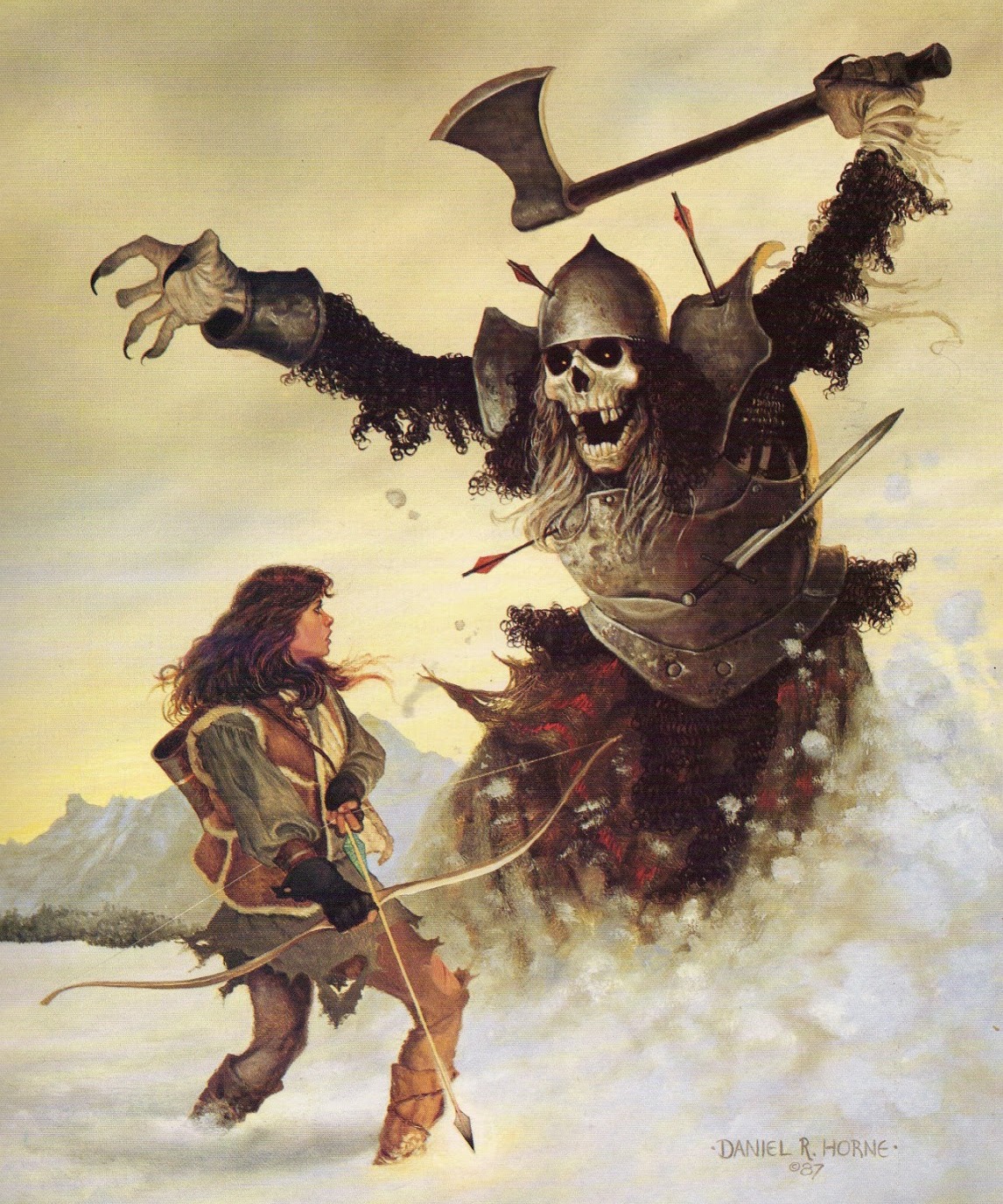Hit Dice
Hit Dice are a measure of a living creature's relative power and potential, determining the creature's approximate hit points, its ability to hit opponents in combat and its performance in saving throws. Hit Dice are assigned to creatures by the campaign as a way of comparing their power levels and gauging the threat they pose.
Hit Dice represent a creature's innate qualities, including its natural growth, instincts and physical nature. These attributes are intrinsic to the creature and are not gained through training or experience. As such, Hit Dice should not be confused with experience levels, which represent a character's or creature's progression through training and combat. When a creature advances in experience level, the additional abilities and hit points from that experience are added to the creature's hit points.
- For example: A mature gnoll has 2 Hit Dice regardless of its training, which provide it with a base number of hit points determined by its mass. If that gnoll is trained to be a 1st-level fighter, it gains an additional 1d10 hit points as a result of its training, which are added to the hit points derived from its Hit Dice.
Hit points are calculated per die based on the creature's size, mass and other inherent factors. In the above example, a gnoll weighing 280 lbs. receives 1d8 hit points per die, for a total of 2d8 hit points from its base Hit Dice. However, size alone is not the sole determinant of a creature's Hit Dice or hit points. For instance, a cockatrice, which is much smaller than a crocodile, has more Hit Dice. Despite this, the cockatrice's smaller size results in fewer hit points per die than the crocodile.
The assignment of Hit Dice also considers a creature's cleverness, malevolence, energy, instincts and supernatural influence. Creatures that exhibit these qualities in abundance, especially those of larger size, tend to have more Hit Dice and correspondingly higher hit points, making them significantly more dangerous in combat. For this reason, the number and type of Hit Dice a creature possesses provide a reliable indicator of its strength and threat level within the game.
See also,
Attacking in Combat
Monster
THAC0
